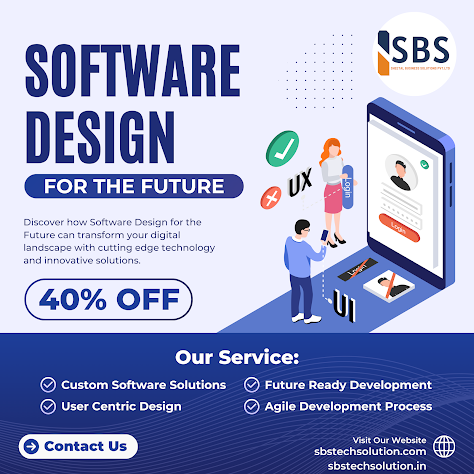The Art and Science of UI/UX Development
In today’s digital era, where users interact with applications and websites on an unprecedented scale, UI/UX development has emerged as a cornerstone for delivering outstanding user experiences. But what exactly does UI/UX development entail, and why is it so crucial for businesses and users alike? Let’s delve into the fascinating world of UI/UX design and development.
What is UI/UX Development?
User Interface (UI)
UI, or User Interface, refers to the visual components of an application or website. It encompasses everything a user sees and interacts with, from buttons, sliders, and forms to typography and color schemes. UI design focuses on aesthetics and ensuring the interface is visually appealing and intuitive.
User Experience (UX)
UX, or User Experience, goes beyond visuals to consider the entire journey a user takes while interacting with a product. It includes usability, accessibility, and satisfaction. A well-designed UX ensures that users can achieve their goals effortlessly, creating a seamless and enjoyable experience.
UI and UX are interdependent. While UI focuses on how things look, UX ensures they work efficiently. Together, they form the backbone of product development.
Why is UI/UX Development Important?
-
First Impressions Matter A well-designed UI captures users' attention instantly. With countless alternatives available, a poor UI can lead to users abandoning your application or website.
-
Enhanced Usability Good UX design ensures users can navigate your application effortlessly. Whether it’s completing a purchase, signing up for a service, or finding information, UX development makes it intuitive and efficient.
-
Increased Engagement and Retention When users enjoy their experience, they are more likely to return and recommend the product. UI/UX plays a crucial role in fostering brand loyalty.
-
Competitive Advantage In a crowded market, exceptional UI/UX can set your product apart, giving you an edge over competitors.
Key Principles of UI/UX Development
-
User-Centric Design Always design with the end-user in mind. Conduct user research, gather feedback, and iterate based on real-world needs.
-
Consistency Maintain consistency in colors, typography, and layouts to create a cohesive experience across all platforms and devices.
-
Accessibility Ensure your designs are inclusive, catering to users with disabilities. Use proper contrast ratios, alternative text for images, and keyboard navigation support.
-
Performance Fast-loading interfaces and responsive designs significantly enhance user satisfaction. Optimize images, minimize animations, and ensure compatibility across devices.
-
Simplicity Avoid clutter. Keep the design clean and focused on essential elements to reduce cognitive load.
Tools for UI/UX Development
Modern tools streamline the UI/UX design process, making it efficient and collaborative. Some popular tools include:
- Figma: For collaborative design and prototyping.
- Adobe XD: For creating high-fidelity prototypes.
- Sketch: A vector-based design tool for UI/UX.
- InVision: For prototyping and user testing.
- Zeplin: For developer handoff and collaboration.
Trends in UI/UX Development
-
Dark Mode Design Dark themes are not only visually appealing but also reduce eye strain, especially in low-light environments.
-
Micro-Interactions Subtle animations and feedback, like a button changing color when clicked, enhance user engagement.
-
Voice User Interfaces (VUIs) With the rise of smart assistants, voice-enabled interfaces are becoming a key focus area.
-
Neumorphism A design style that combines skeuomorphism and flat design to create soft, realistic elements.
-
AI-Driven Personalization Leveraging AI to deliver tailored experiences based on user preferences and behavior.
Challenges in UI/UX Development
- Balancing aesthetics with functionality.
- Addressing diverse user needs and preferences.
- Keeping up with evolving design trends and technologies.
- Ensuring designs are responsive and work seamlessly across devices.
Conclusion
UI/UX development is more than just a design process; it’s about creating meaningful interactions and delivering value to users. As technology continues to evolve, the role of UI/UX will only grow, shaping the way users connect with digital products. By prioritizing user needs and embracing innovative design principles, businesses can build interfaces that are not only functional but also delightful.
– Written by Ritik Singh, Author at SBS Tech Solution








Comments
Post a Comment